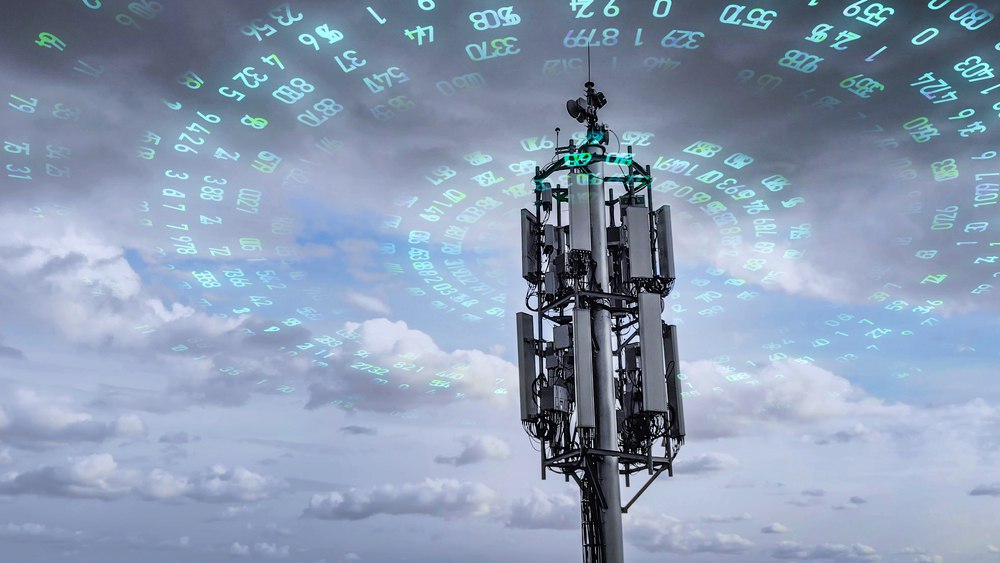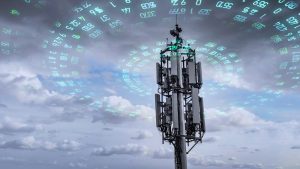5G Reality Check: Why the Hype Doesn’t Match the Performance

As 5G technology continues to roll out, concerns are rising over its ability to deliver on promises of faster network speeds. Despite years of hype from manufacturers, telecommunications companies, and mobile phone retailers, many users report that 5G connections need to meet expectations.
Additionally, the revolutionary potential of 5G in industries such as robotics and traffic management has yet to be fully realized. Therefore, as the rollout of 5G progresses, whether these companies will ultimately fulfill these promises remains to be seen.
According to Joanna Stern, a tech columnist at The Wall Street Journal, carriers made sky-high promises about the capabilities of 5G. She says carriers have done this before with major network upgrades, but 5G has been particularly brutal.
The columnist believes that the carriers made 5G look like the next coming of the “tech-gods.” In an interview at the journal, Joanna iterates many examples of companies like Verizon with ads showing how 5G is the future and others doing large super bowl commercials featuring top-tier artists.
However, she believes that the hype is a major reason for disappointment among users of the new network and that there is more than enough room to grow.
What is the Problem
Coverage
Coverage is a major issue with 5G networks. Many areas need access to 5G, leading to patchy coverage and limited access to 5G speeds. This obstacle is a common problem acknowledged by industry experts such as Ben Wood, Chief Analyst at CCS Insight, who stated, “5G coverage is not as widespread as people expect, and it’s likely to be patchy in many areas.”
As 5G continues to roll out, it is important to address coverage issues to ensure that users can fully take advantage of the increased speeds and capabilities offered by 5G networks.
Device Limitations
Another reason for 5G failing to meet user expectations is the device limitations. Not all devices are 5G-compatible, and older devices may not take advantage of the increased speeds and capabilities offered by 5G networks.
That statement means that even if a user is in an area with 5G coverage, they may only be able to utilize the network if their device is fully compatible. According to Joanne, 5G is not made for phones, and 4G has users covered on that front.
She believes that 5G will be meant for industry applications before users require it on their phones. Another industry expert says that the only way 5G will be a phone requirement is when AI and Metaverse fully take off and reach their potential. Otherwise, 4G will remain an industry standard for some time.
Limited 5G Spectrum
Limited 5G spectrum availability is a significant issue affecting the network’s capacity. The 5G network uses different frequency bands than the 4G network. These bands are limited in availability, and not all are auctioned off for commercial use.
The unavailability can limit the number of users and devices accessing the network at a given time, leading to congestion and slower speeds. Additionally, the high-frequency bands used for 5G are more susceptible to interference from physical obstacles such as buildings and trees, which can further limit coverage and capacity.
This issue is particularly relevant in densely populated areas with high demand for 5G services. Mats Granryd, Director at GSMA, says 5G requires sufficient spectrum to cater to users’ needs, which has yet to be available.




